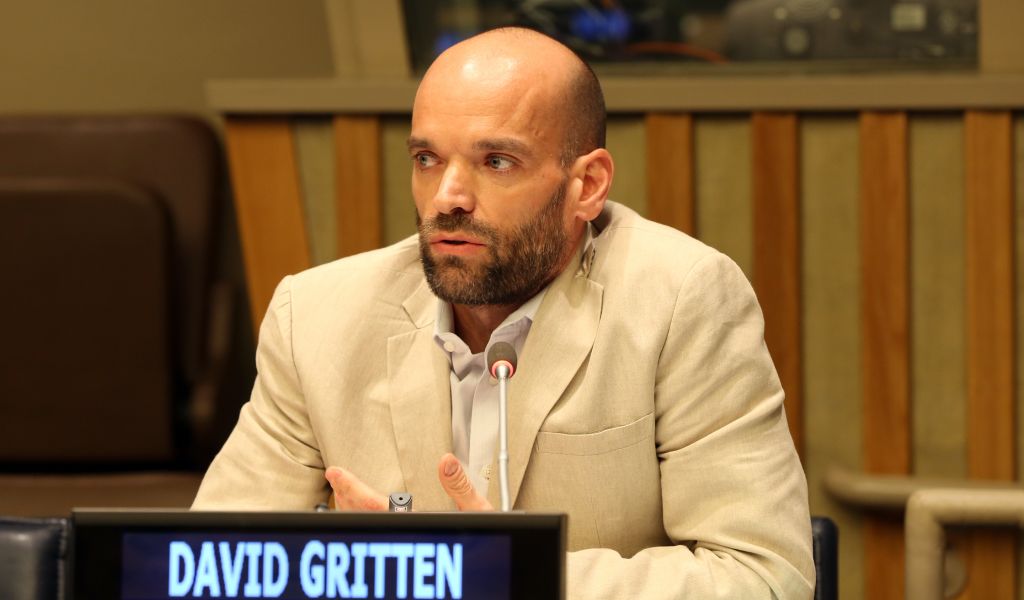Local communities must lead to achieve the Global Forest Goals in the Asia-Pacific

New commitments to attaining Global Forest Goals in the Asia-Pacific could harm local communities and endanger sustainable development unless they are based on the rights and interests of local communities.
“If you want to deliver on the Global Forest Goals, then we need to ensure that local communities are leading the process,” said David Gritten, senior program officer at the Center for People and Forests (RECOFTC), speaking at the 14th Session of the United Nations Forum on Forests (UNFF 14) in New York, 6-10 May 2019.
The Forum is a high-level intergovernmental meeting that brings together more than 300 participants from UN Member States, international organizations and Major Groups to discuss forestry around the world. In 2017, the Forum agreed on six voluntary goals, which are known as the Global Forest Goals, that focus on how forests can help achieve the UN’s Sustainable Development Goals.
The Forum re-committed to achieving these goals in their work throughout the world, including in the Asia-Pacific, a region typically overlooked by the Forum. According to Gritten, this will require building on the region’s foundations for development.
In recent years, governments in the Asia-Pacific have invested heavily in community forestry, an approach that provides land rights to local communities to manage their forests. This makes community forestry an attractive option for the Forum to achieve its goals. But research shows that the ambitious top-down targets set by countries to achieve their commitments to forest cover have oftentimes undermined the benefits of community-led forest management.
“It’s how to bring it from the bottom up to meet these Global Forest Goals,” Gritten said about the Forum’s commitment. “We must recognize the opportunities the Goals provide, but we also must ensure that forest communities are placed front and center, with community forestry driving the process.”


